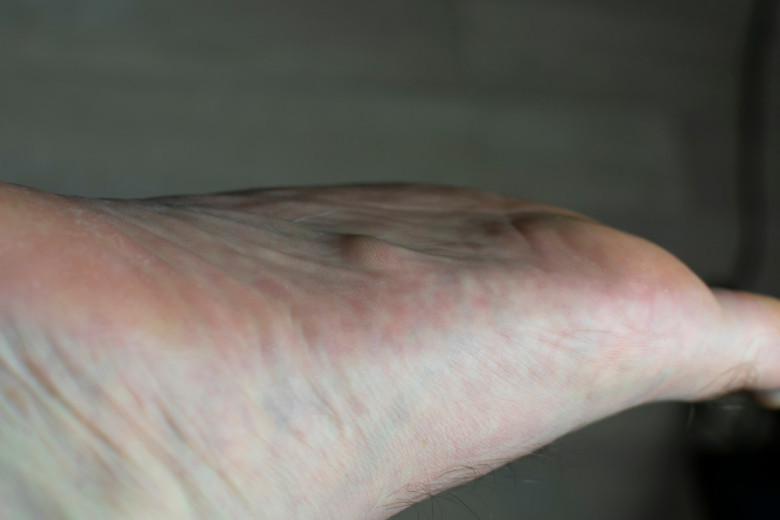views

Have you ever noticed a small, firm lump forming on the bottom of your foot? It might not seem like a big deal at first—just a minor bump that doesn’t cause much pain. But over time, if it starts interfering with walking or pressing uncomfortably against your shoe, it could be a plantar fibroma.
A plantar fibroma is a non-cancerous growth that develops in the arch of the foot, embedded within the plantar fascia. While it’s generally harmless, it can cause discomfort and even affect mobility if left untreated.
So, how can you tell if you have a plantar fibroma? And more importantly, when should you seek treatment? This blog will guide you through the early signs, diagnosis, and treatment options, including plantar fibroma clinical trials for treatment options that may provide relief when conventional methods fall short.
What Is a Plantar Fibroma?
A plantar fibroma is a benign tumor made up of fibrous tissue that develops on the plantar fascia—the thick band of tissue that runs along the bottom of your foot. It often appears as a firm, slow-growing lump, typically in the middle of the arch.
Unlike a cyst, which is fluid-filled, a plantar fibroma is made of dense, fibrous tissue. It may start small and painless, but it can gradually grow, leading to discomfort, swelling, or pressure against the foot’s structure.
While the exact cause of plantar fibromas remains unclear, some risk factors include:
- Genetics – A family history of plantar fibromas may increase your chances of developing one.
- Foot trauma – Repeated stress or injury to the foot might contribute to fibroma formation.
- Certain medical conditions – People with conditions like Dupuytren’s contracture are more prone to developing fibromas.
Understanding how it develops is the first step in determining whether treatment is necessary.
Early Signs: How Can You Tell If You Have a Plantar Fibroma?
At first, a plantar fibroma might go unnoticed. But as it grows, it can start interfering with daily activities. Here are some early signs to watch for:
1. A Small, Firm Lump in Your Foot
The most noticeable symptom is a hard lump on the arch of your foot. It’s typically painless when small, but it can become tender over time.
2. Discomfort When Walking or Standing
As the fibroma grows, you may feel a dull ache or pressure while standing for long periods or walking barefoot.
3. Difficulty Wearing Certain Shoes
Shoes with rigid soles or minimal arch support may press against the fibroma, irritating.
4. Gradual Increase in Pain or Sensitivity
Though some fibromas remain painless, others become tender when pressed. This discomfort can worsen as the fibroma gets larger.
People often mistake plantar fibromas for other conditions like plantar fasciitis, but unlike fasciitis, fibromas don’t usually cause sharp, stabbing pain in the heel.
If you’re noticing these symptoms, don’t ignore them. Catching a fibroma early can help you explore treatment options before it affects mobility.
Should You Be Concerned? When to Seek Treatment
Not every plantar fibroma requires immediate medical attention. However, certain red flags indicate it’s time to see a specialist:
1. The Lump Is Growing Rapidly






















Comments
0 comment